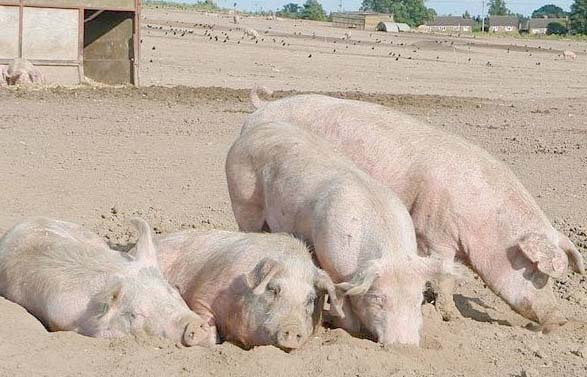
EFSA has published an opinion on the issue of tail docking in pigs. Tail docking is a procedure carried out to reduce the risk of tail biting, one of the major issues in modern pig breeding.
This behaviour can have several causes, including a lack of materials that pigs need to satisfy a range of behavioural needs, for example straw, hay, silage, compost and peat. Addressing tail biting will help to reduce the need for tail docking.
EFSA’s experts have identified the relationship between:
Risk factors, such as the inadequacy or absence of functional manipulable material or poor health.
Welfare consequences, such as inability to explore, forage or nest; competition for manipulable material; and injuries or pain due to tail-biting.
Animal and non-animal based indicators, such as tail, ear or flank biting; increase of skin lesions or manipulation of penmates and pen furniture.
To perform the assessment, EFSA experts made a statistical analysis using information from available databases. As the data available were not specifically designed to evaluate risk factors for tail-biting, they also propose a model for data collection across the EU. This model will provide access to better information on the risk factors for tail-biting and ultimately improve risk assessment.
This opinion will contribute to the efforts of the European Commission to implement minimum standards for the protection of pigs.
